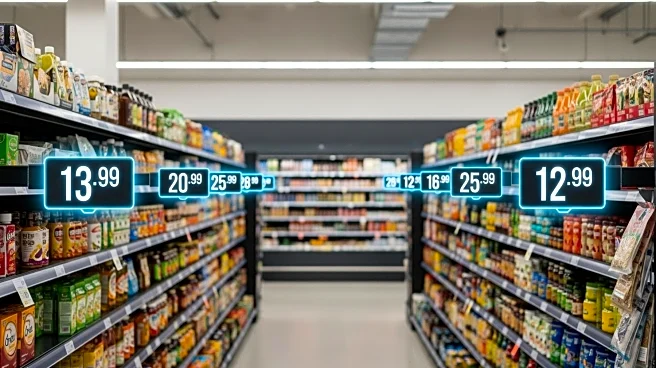What is the story about?
What's Happening?
Restaurants in New York and London are responding to the growing popularity of weight loss drugs like Ozempic by offering smaller portion menus. This shift is driven by a cultural change in how people perceive food consumption, influenced by the widespread use of GLP-1 medications. These drugs have led to a significant reduction in grocery spending, with users cutting $6.5 billion from U.S. grocery store expenditures. Restaurants are adapting by providing smaller plates that reduce food waste and allow diners to sample more dishes, enhancing their dining experience.
Why It's Important?
The introduction of smaller portion menus reflects a broader shift in consumer behavior towards moderation and mindful eating. This trend has implications for the restaurant industry, which must balance cost, margins, and customer satisfaction while adapting to changing preferences. The move towards smaller portions could support healthier eating habits and reduce food waste, aligning with societal trends towards sustainability and health consciousness. As weight loss drugs reshape the conversation around appetite and health, restaurants are positioned to play a key role in promoting balanced eating.
What's Next?
As the popularity of weight loss drugs continues to rise, restaurants may further innovate their menus to cater to health-conscious consumers. This could include offering a wider variety of portion sizes and focusing on high-quality ingredients to maintain flavor and presentation. The trend towards smaller portions may also influence broader industry practices, encouraging a shift towards balanced eating and mindful consumption. Restaurants will need to monitor consumer preferences closely to remain competitive and meet evolving demands.
AI Generated Content
Do you find this article useful?














